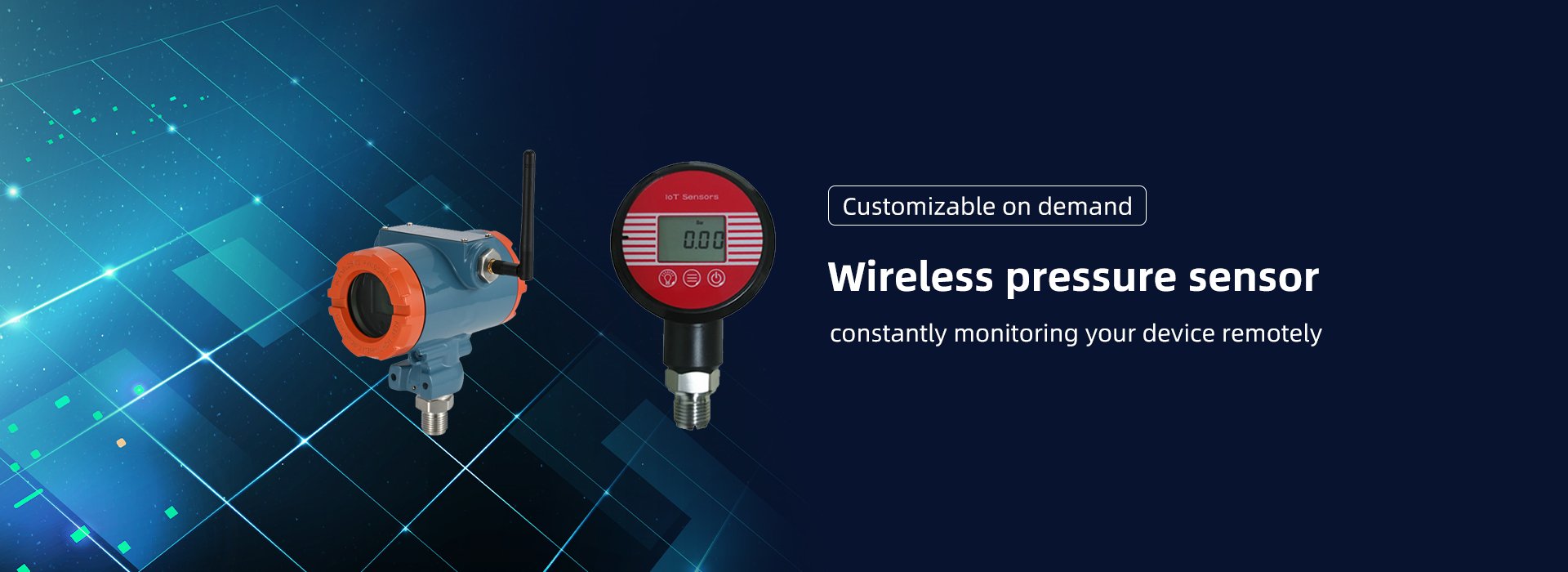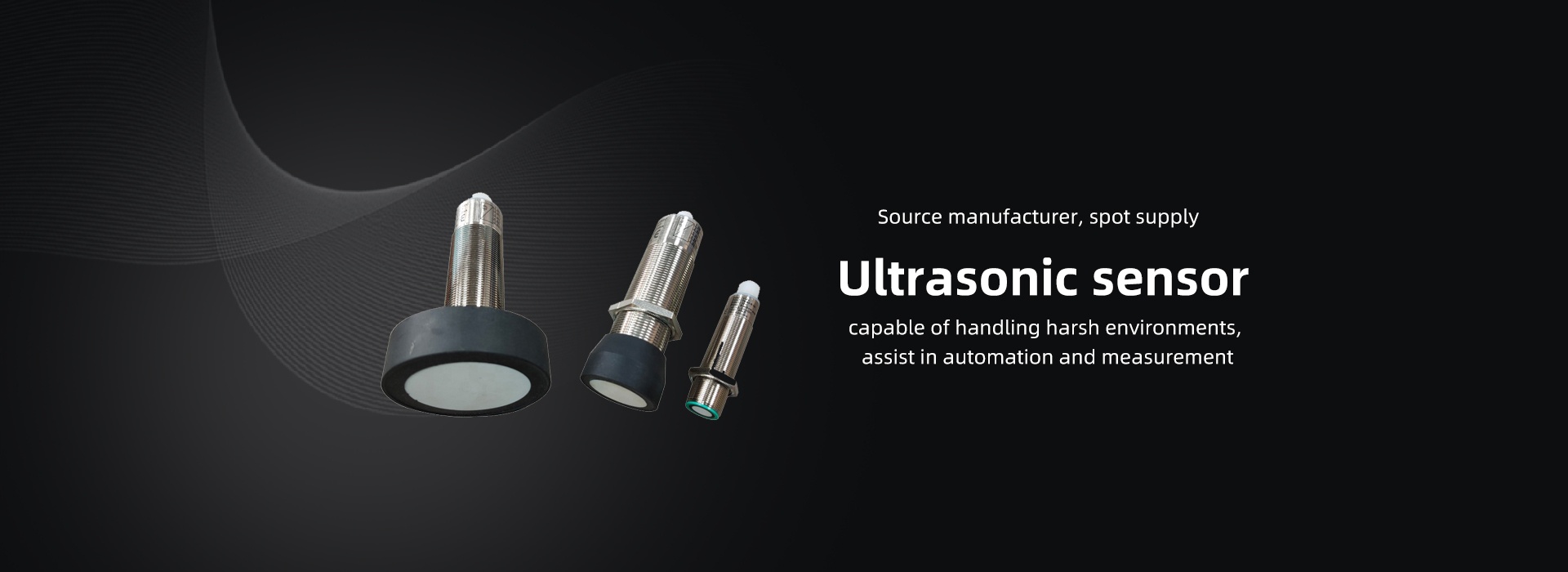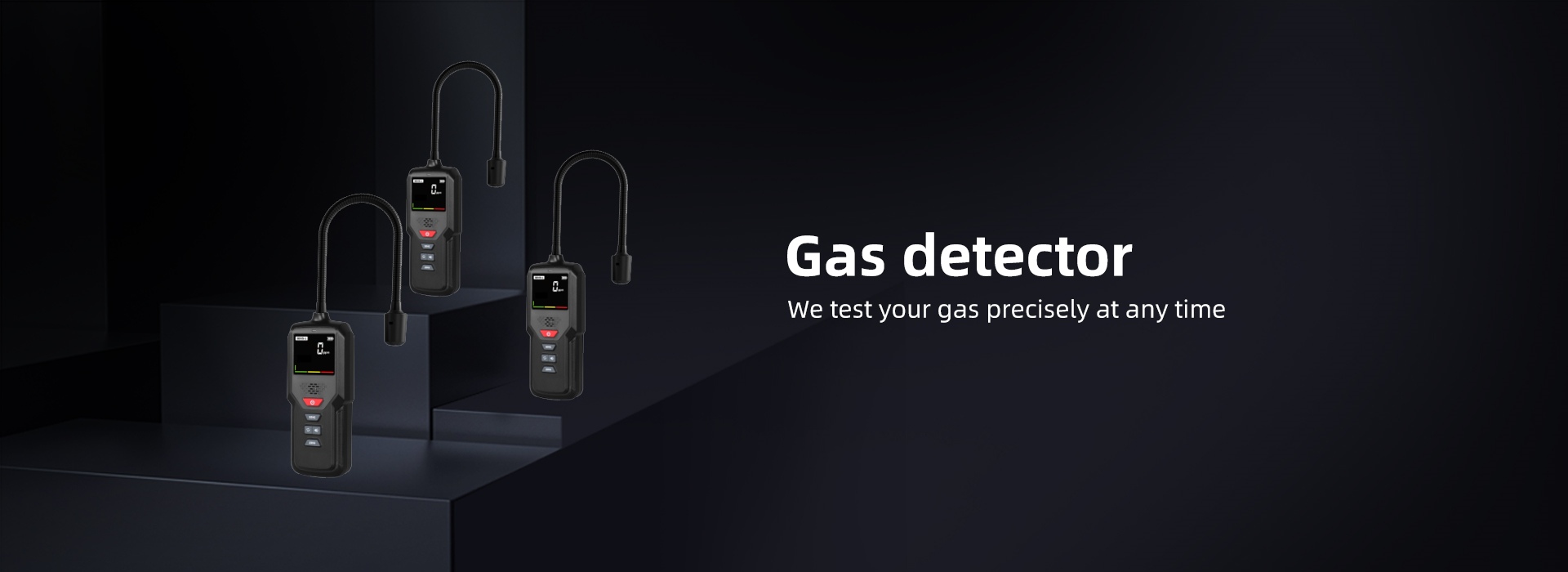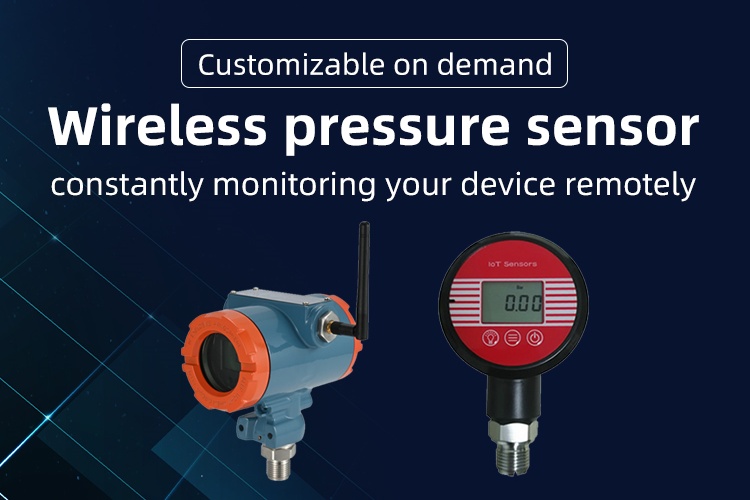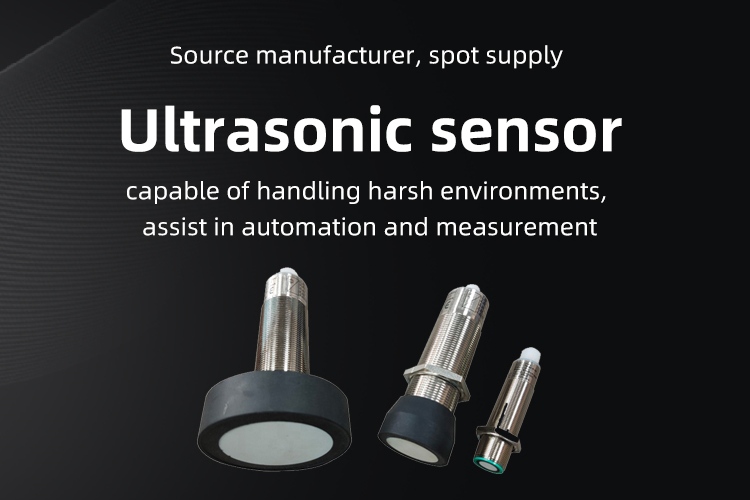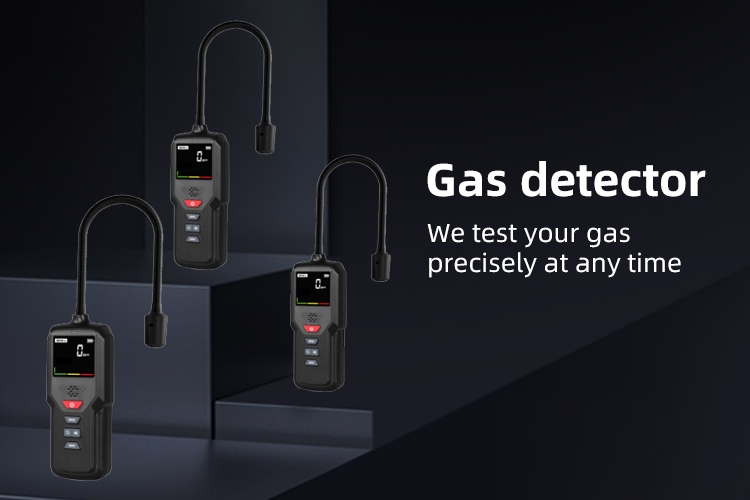
-
Home
- About Us
- Products
- Application scenarios
- Download
- News
What is the working principle of car reverse radar
2024-12-06Car reversing radar is a safety assist device for parking or reversing a car, and its working principle is to use ultrasonic signals.When the vehicle is put into reverse gear, the reverse radar automatically enters the working state, and the ultrasonic sensor (commonly known as the probe) installed on the rear bumper will emit ultrasonic waves. These ultrasonic waves generate echo signals when encountering obstacles, and the sensors receive the echo signals, which are then processed by the controller for data processing.The controller calculates the distance between the vehicle and the obstacle by comparing the signal turnaround time and combining it with the speed of sound. When the calculated distance is less than the set safe distance, the alarm will emit different alarm sounds. For example, when the distance is close, the sound signal will become a continuous sound to remind the driver to avoid colliding with the bumper.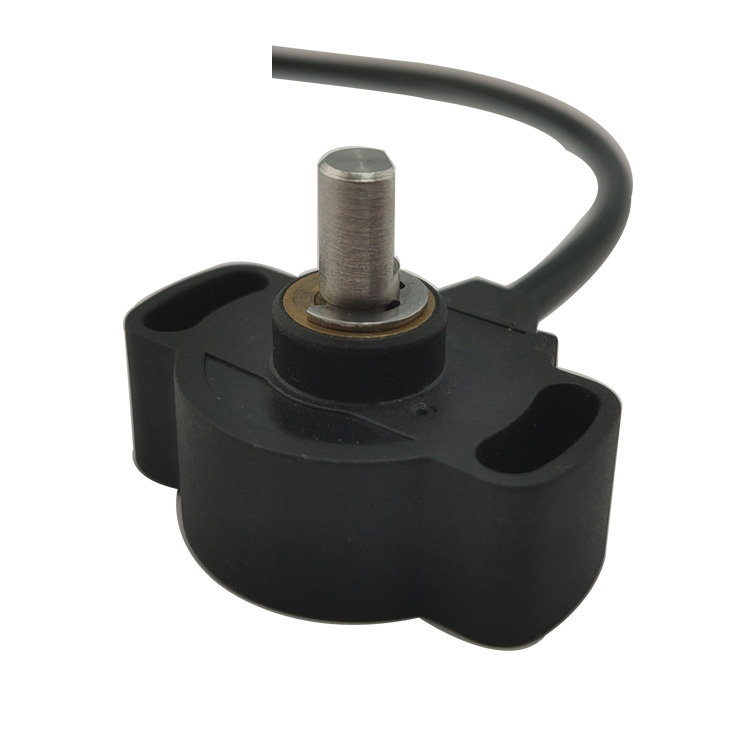 Image: Automotive angle sensorThe reverse radar system consists of a reverse radar ECU, a reverse radar buzzer, and several reverse radar sensors installed on the rear bumper. The system can detect relatively hard solid obstacles, as well as objects such as barbed wire and fences. The detection range of the two sensors on the side is within 60cm from the corner of the bumper. When an obstacle approaches a rear area, instructions may be given starting from 150cm behind the vehicle's side. When the detected distance is less than 20cm on the side or less than 30cm directly behind the middle, a continuous sound signal will be emitted.When the ignition switch is in the ON/START position, current flows through fuse F1 in the body fuse box to terminal 2 of the reversing light switch. When the transmission control mechanism is in reverse gear, current is output from the reverse light switch terminal 1 to the reverse radar controller terminal 1, providing power to the reverse radar controller. The current is output from different terminals of the reversing radar controller to different sensor terminals to detect the presence of obstacles at corresponding positions. At the same time, the reversing radar controller transmits data to the integrated display and reflects the information on the integrated display.Ultrasonic sensors are the most essential components of the entire reversing system. Currently, commonly used probes have three working frequencies: 40kHz, 48kHz, and 58kHz. Generally, a 40kHz probe is used, which has the characteristics of high frequency, linear propagation, good directionality, small diffraction, strong penetration, and slow propagation speed.
Image: Automotive angle sensorThe reverse radar system consists of a reverse radar ECU, a reverse radar buzzer, and several reverse radar sensors installed on the rear bumper. The system can detect relatively hard solid obstacles, as well as objects such as barbed wire and fences. The detection range of the two sensors on the side is within 60cm from the corner of the bumper. When an obstacle approaches a rear area, instructions may be given starting from 150cm behind the vehicle's side. When the detected distance is less than 20cm on the side or less than 30cm directly behind the middle, a continuous sound signal will be emitted.When the ignition switch is in the ON/START position, current flows through fuse F1 in the body fuse box to terminal 2 of the reversing light switch. When the transmission control mechanism is in reverse gear, current is output from the reverse light switch terminal 1 to the reverse radar controller terminal 1, providing power to the reverse radar controller. The current is output from different terminals of the reversing radar controller to different sensor terminals to detect the presence of obstacles at corresponding positions. At the same time, the reversing radar controller transmits data to the integrated display and reflects the information on the integrated display.Ultrasonic sensors are the most essential components of the entire reversing system. Currently, commonly used probes have three working frequencies: 40kHz, 48kHz, and 58kHz. Generally, a 40kHz probe is used, which has the characteristics of high frequency, linear propagation, good directionality, small diffraction, strong penetration, and slow propagation speed.- Previous:Already the first article
- Next:Ultrasonic sensor detection range
Links:
Service Hotline
+86 13923792185
Website:www.micmetering.com
Address:6th Floor, Block B, Area A, Qinghu Science and Technology Park, Longhua District, Shenzhen, Guangdong Province
Copyright © 2025 MIC Metering (Shenzhen) Limited 粤ICP备2025358196号-1 Cookies Policy-
Service Hotline
Service Hotline
+86 13923792185
-
WeChat
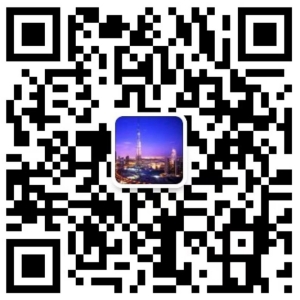
-
TOP
Our Cookie Usage Policy
Our website uses cookies and other similar technologies to distinguish you from other users of our website. This helps us provide you with a good experience when you browse our website and allows us to improve our website. For more information, please refer to our Cookie Policy. - About Us
